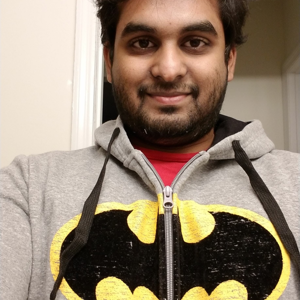Hi @Sagar Epari Greetings! Thank you for posting the question here.
The approach depends on the relationship and the communication between the primary microcontroller and its child devices. Are the child devices registered with IoT Hub? Does the primary microcontroller act as a gateway device to the child devices? If so, you might want to look into Disconnected device updates and target the child microcontrollers using Device groups. Following is the architecture to represent this appraoch.
Kindly note that this feature is currently in preview and if you decide this is what you need, you can access to the preview is by invitation. Request Access to the Microsoft Connected Cache preview for Device Update for IoT Hub and provide the information requested if you would like access to the module. Here are a few resources that will help you with next steps if this approach works for
- Deploy the Microsoft Connected Cache module on a single gateway
- Understand support for disconnected device updates
If the child devices can be treated as a subcomponent of the primary microcontroller, I believe you can achieve this use case by following the Proxy update pattern supported by the device update for IoT Hub. Here is a brief overview of Proxy updates and multi-component updating.
With proxy updates, you can target over-the-air updates to multiple components on the IoT device or to multiple sensors connected to the IoT device. Use cases where proxy updates are applicable include:
- Targeting specific update files to different partitions on the device.
- Targeting specific update files to different apps/components on the device
- Targeting specific update files to sensors connected to an IoT device. These sensors could be connected to the IoT device over a network protocol (for example, USB, CANbus etc.).
Here is how the architecture looks like if you take the second approach
Here are the resources that would help you with the approach
- Proxy updates and multi-component updating
- Complete a proxy update by using Device Update for Azure IoT Hub
- Register components with Device Update
Hope this information helps. Please let us know if you have any additional questions or need further assistance.
If the response helped, please do click Accept Answer and Yes for the answer provided. Doing so would help other community members with similar issue identify the solution. I highly appreciate your contribution to the community.
